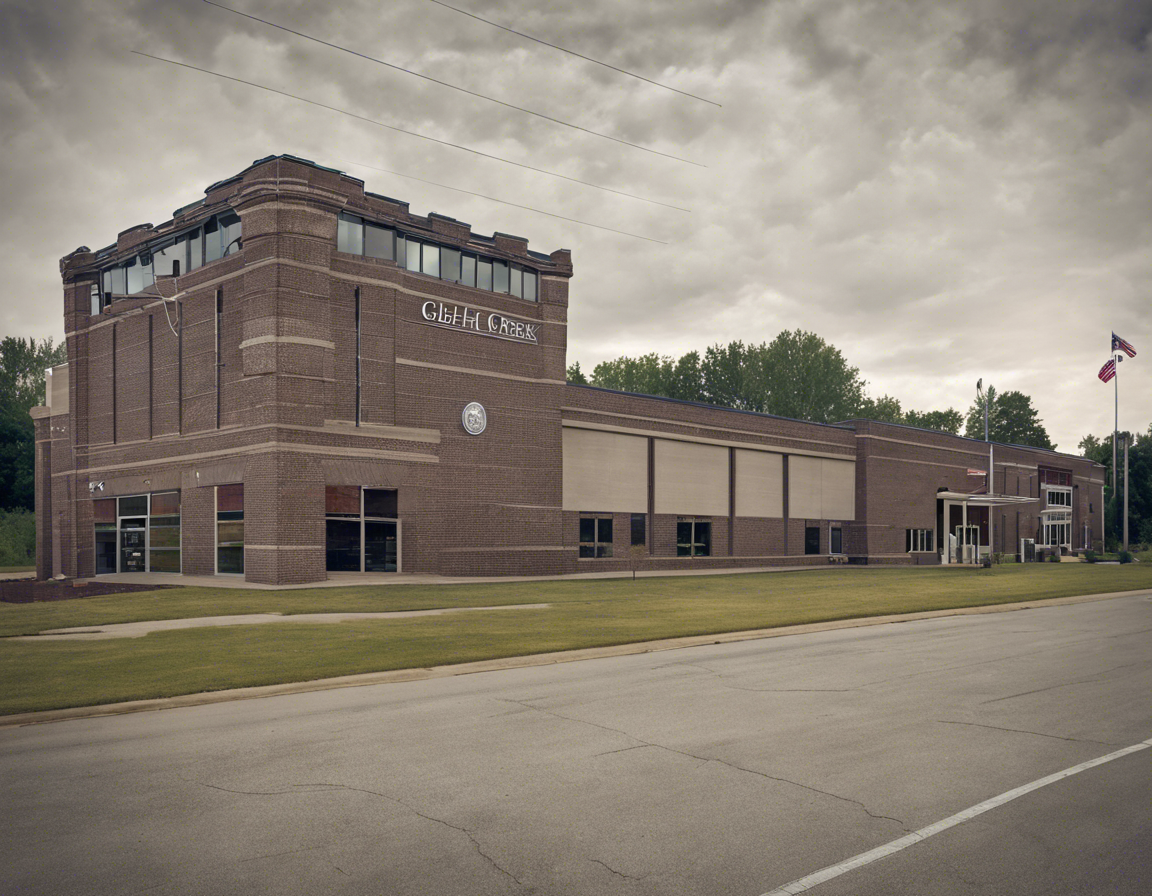Nestled in the heart of Michigan, GLH Battle Creek, is a city rich in history and culture. From its humble beginnings as a settlement in the early 19th century to its transformation into a thriving industrial hub, Battle Creek has seen it all. In this article, we will take a deep dive into the history of GLH Battle Creek, exploring its origins, key milestones, and the factors that have shaped its development over the years.
Origins and Early Settlement
GLH Battle Creek traces its origins back to the early 19th century when European settlers first arrived in the area. The city was founded in 1831 by a small group of pioneers led by James Riverdale, who saw the potential of the land for farming and trade. The fertile soil and proximity to waterways made Battle Creek an ideal location for settlement.
Growth and Development
Throughout the 19th century, Battle Creek experienced rapid growth and development. The construction of railroads in the mid-1800s connected Battle Creek to other major cities, leading to an influx of settlers and businesses. The city soon became known for its thriving agricultural industry, with farms producing a variety of crops including wheat, corn, and dairy products.
Industrialization and Innovation
In the late 19th and early 20th centuries, Battle Creek underwent a period of industrialization and innovation. One of the most significant developments during this time was the establishment of the Battle Creek Sanitarium by Dr. John Harvey Kellogg. The sanitarium gained international fame for its holistic approach to health and wellness, and it attracted visitors from around the world.
The Rise of Cereal Capital
Battle Creek solidified its reputation as the “Cereal Capital of the World” with the founding of Kellogg’s and Post cereal companies in the late 19th century. These companies revolutionized the breakfast industry with their ready-to-eat cereals, and their success put Battle Creek on the map as a leader in food manufacturing.
Cultural Landmarks and Attractions
In addition to its industrial and agricultural heritage, Battle Creek is home to a number of cultural landmarks and attractions. The Binder Park Zoo is a popular destination for families, showcasing a wide variety of animals in naturalistic habitats. The Kingman Museum offers visitors the chance to explore exhibits on natural history, world cultures, and astronomy.
Challenges and Resilience
Like many cities, GLH Battle Creek has faced its share of challenges over the years. Economic downturns, changes in the agricultural industry, and shifting consumer preferences have all impacted the city’s economy. However, Battle Creek has shown resilience in the face of adversity, with community members coming together to support local businesses and preserve the city’s history.
Future Prospects
As GLH Battle Creek looks to the future, there are several initiatives underway to promote economic development and revitalization. The city has invested in infrastructure improvements, downtown revitalization projects, and efforts to attract new businesses. With a strong sense of community and a rich history to draw upon, Battle Creek is well-positioned to embrace the opportunities of the 21st century.
Frequently Asked Questions (FAQs)
- When was GLH Battle Creek founded?
-
GLH Battle Creek was founded in 1831 by a group of pioneers led by James Riverdale.
-
What is Battle Creek known for?
-
Battle Creek is known as the “Cereal Capital of the World” for its role in the development of the breakfast cereal industry.
-
Who founded the Battle Creek Sanitarium?
-
The Battle Creek Sanitarium was founded by Dr. John Harvey Kellogg, a prominent physician and health advocate.
-
What are some popular attractions in Battle Creek?
-
Popular attractions in Battle Creek include Binder Park Zoo, Kingman Museum, and the Kellogg’s factory tour.
-
How has Battle Creek addressed economic challenges?
-
Battle Creek has addressed economic challenges through community partnerships, infrastructure investments, and initiatives to support local businesses.
-
What industries have been historically important to Battle Creek?
-
Historically, agriculture and food manufacturing have been important industries in Battle Creek, with a focus on cereal production.
-
What are some future prospects for Battle Creek?
- Future prospects for Battle Creek include economic development projects, downtown revitalization efforts, and initiatives to attract new businesses and residents.
By delving into the history of GLH Battle Creek, we gain a deeper appreciation for the city’s past achievements and a greater understanding of the factors that have shaped its identity. From its origins as a small settlement to its transformation into a vibrant cultural and economic center, Battle Creek continues to thrive as a testament to the resilience and ingenuity of its residents.
